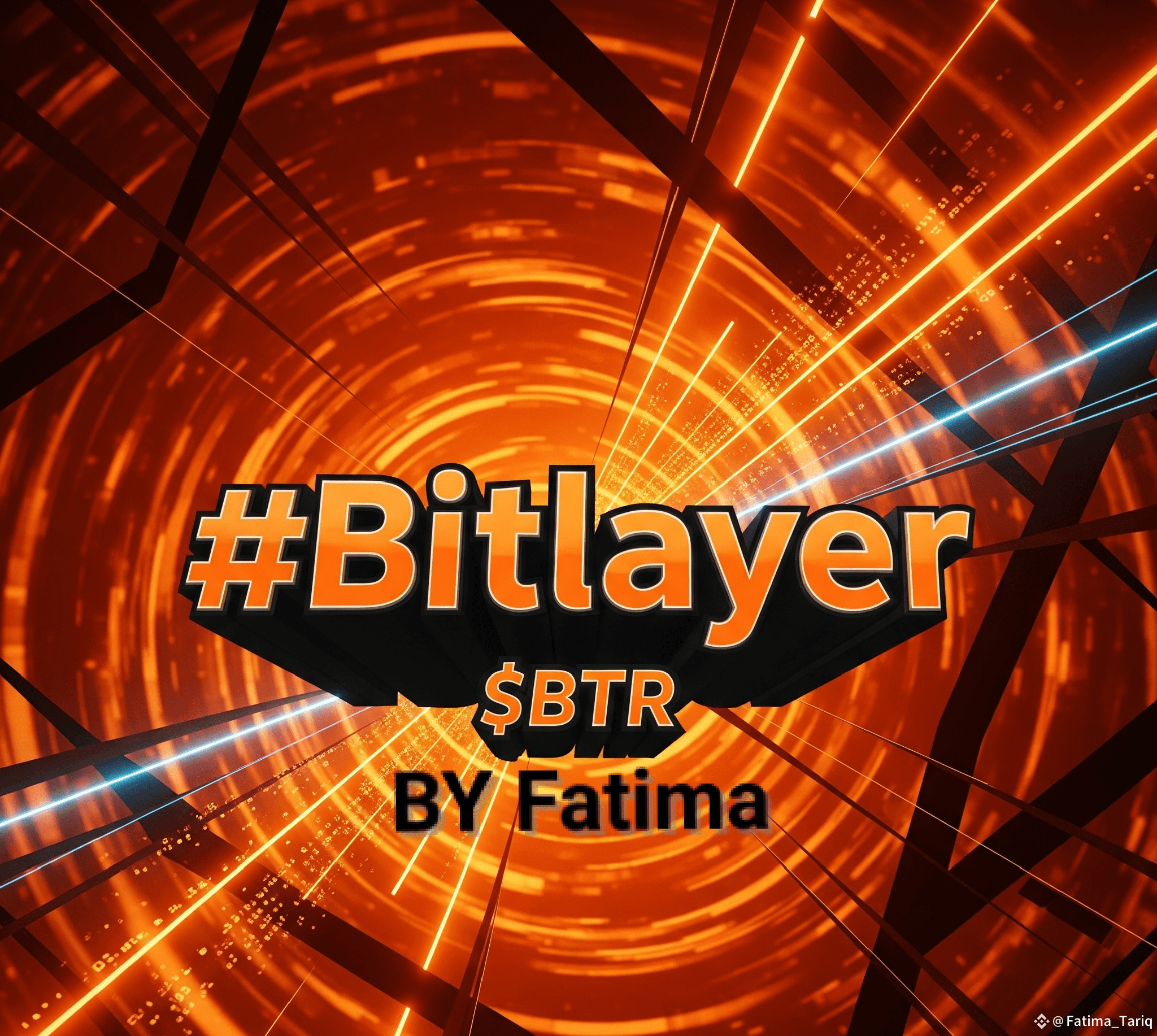 For decades, the blockchain world has been forced to accept a fundamental trade-off: speed or security. A network could be fast and efficient, but only by compromising on decentralization or relying on a centralized authority. Conversely, it could be a bastion of security and immutability, but at the cost of slow transaction times and limited functionality. Bitlayer shatters this paradigm with its innovative dual-level architecture, a design that gives users the best of both worlds. It provides a lightning-fast user experience with soft finality, while simultaneously guaranteeing the ultimate security of Bitcoin-level hard finality.
For decades, the blockchain world has been forced to accept a fundamental trade-off: speed or security. A network could be fast and efficient, but only by compromising on decentralization or relying on a centralized authority. Conversely, it could be a bastion of security and immutability, but at the cost of slow transaction times and limited functionality. Bitlayer shatters this paradigm with its innovative dual-level architecture, a design that gives users the best of both worlds. It provides a lightning-fast user experience with soft finality, while simultaneously guaranteeing the ultimate security of Bitcoin-level hard finality.
The first level is a high-throughput, EVM-compatible Proof-of-Stake (PoS) consensus. This is the operational engine of the Bitlayer network. Validators, who have staked BTR tokens to secure the network, are responsible for sequencing transactions and producing blocks at a rapid pace. This PoS layer provides the responsiveness and efficiency that are essential for modern, demanding applications like decentralized finance (DeFi) protocols, on-chain gaming, and real-time payments. A transaction on this layer achieves "soft finality" in a sub-second timeframe once its containing block is confirmed. This is the speed and responsiveness that users are accustomed to on centralized platforms, but here, it is secured by the economic stake of a decentralized validator set.
The second level is the rollup framework, which anchors Bitlayer's security to the Bitcoin network itself. This is where the magic happens. The PoS layer, for all its speed, is not a standalone blockchain. It is a computational layer whose state is periodically bundled, or "rolled up," and committed to the Bitcoin mainnet. This process is the source of "hard finality," the highest security guarantee the network can offer. When the cryptographic proof of an L2 state is successfully settled and finalized on the Bitcoin blockchain, the security of that state becomes indistinguishable from that of Bitcoin's own consensus. This is the immutable, unchallengeable security that Bitcoin is famous for, now extended to a high-performance L2 environment.
The seven-day challenge period inherent in Bitlayer's optimistic rollup design is a critical component of this hard finality. It gives any "Watcher" enough time to scrutinize a submitted state transition. This delay is a small price to pay for the monumental security benefit it provides. The protocol's design is such that only a single honest party is required to challenge a fraudulent claim, a powerful and robust assumption that makes the network resilient against coordinated attacks by the Rollup Operator. It ensures that the integrity of the L2 state is constantly being policed and enforced by Bitcoin’s consensus.
In the extremely rare event of a successful L1 challenge that creates a discrepancy between the L2 state and the settled L1 state, the protocol is designed to halt. This is a crucial fail-safe. Rather than allowing a fraudulent state to persist and cause cascading failures, the network gracefully pauses. This provides a clear-cut opportunity for the community, guided by social consensus among stakeholders, to coordinate a recovery and ensure the integrity of user assets. It shows that the system is not blindly reliant on code alone but has a built-in mechanism to address catastrophic failures with the wisdom of its community.
Ultimately, Bitlayer’s dual-level finality is a design triumph. It allows users and applications to choose the level of security that is right for their needs. For everyday, high-frequency transactions, soft finality offers a responsive, fluid experience. For high-value transactions or for applications that require the utmost security, hard finality provides the peace of mind that their funds are secured by the most decentralized and secure network in the world. It’s a powerful combination that truly unlocks the potential of Bitcoin, providing the speed of a modern blockchain with the security of a time-tested decentralized ledger.


